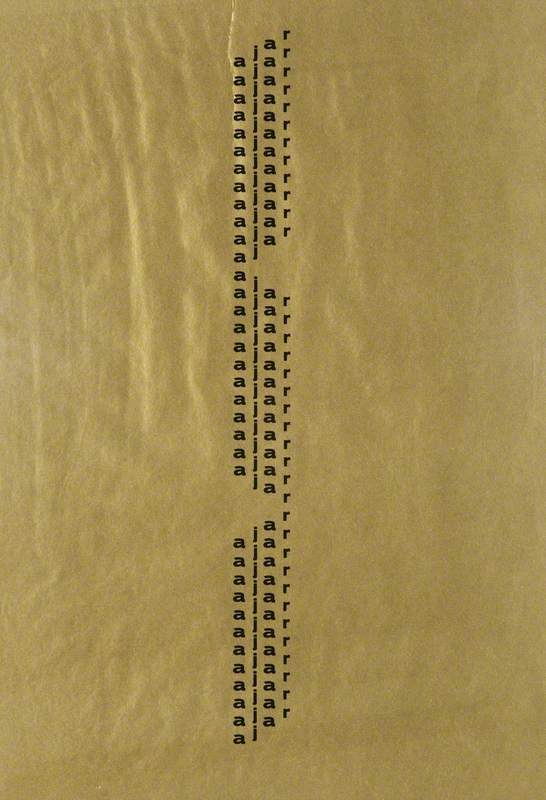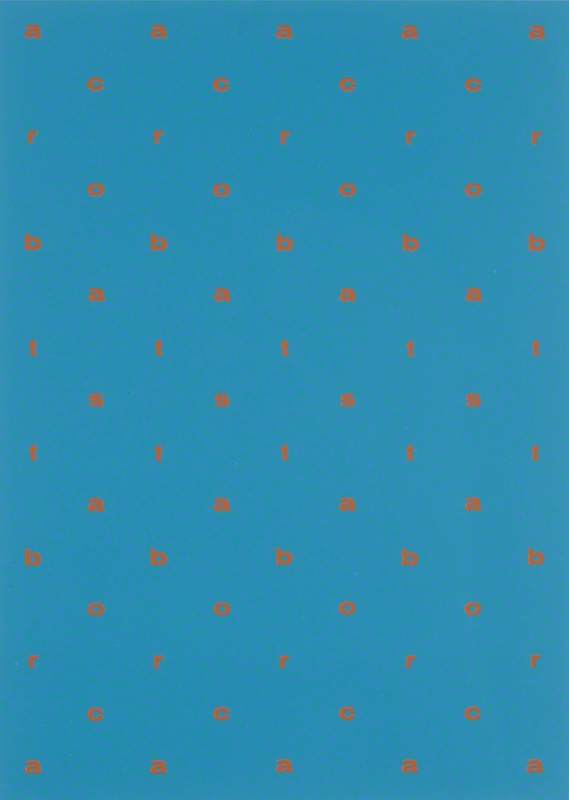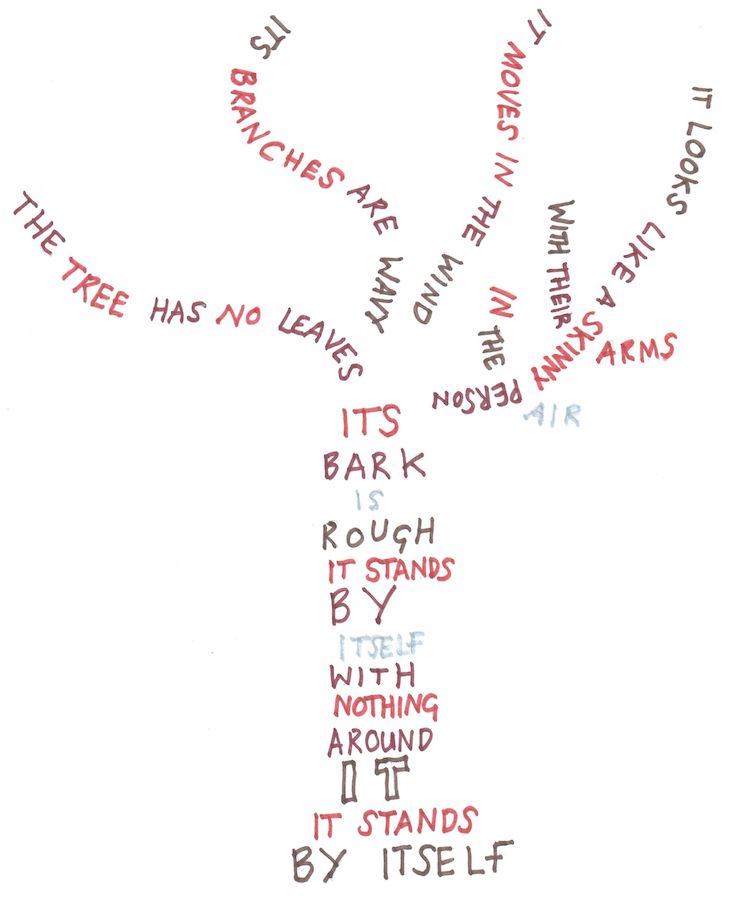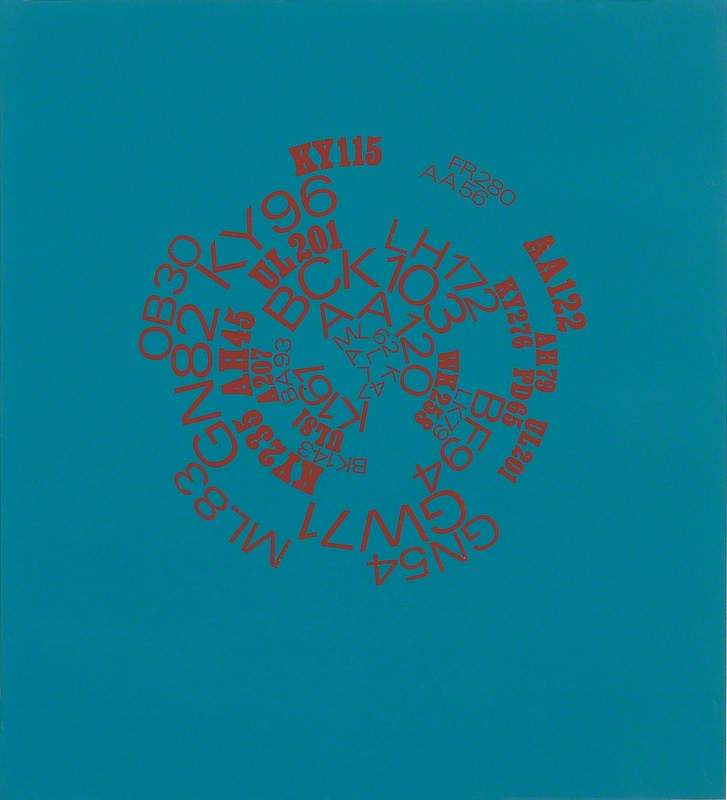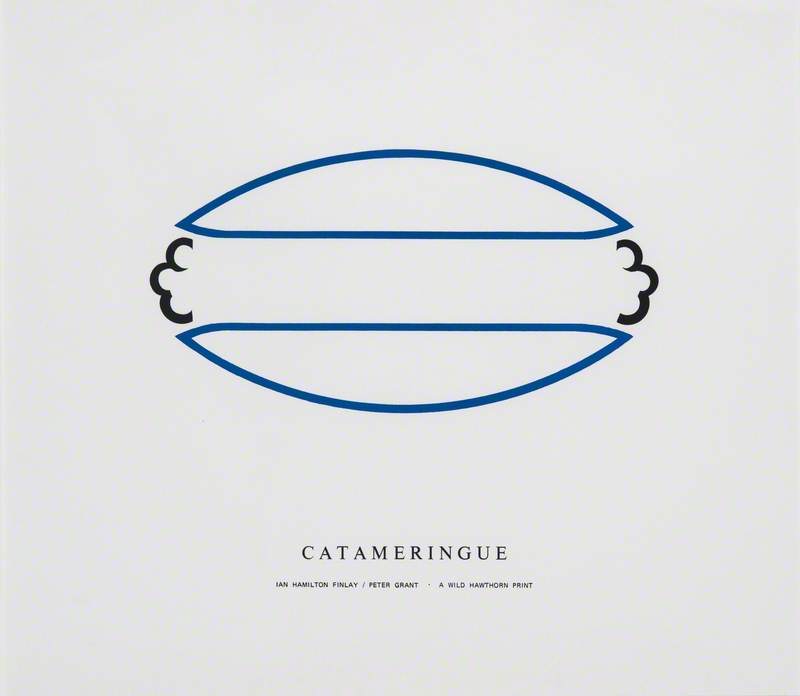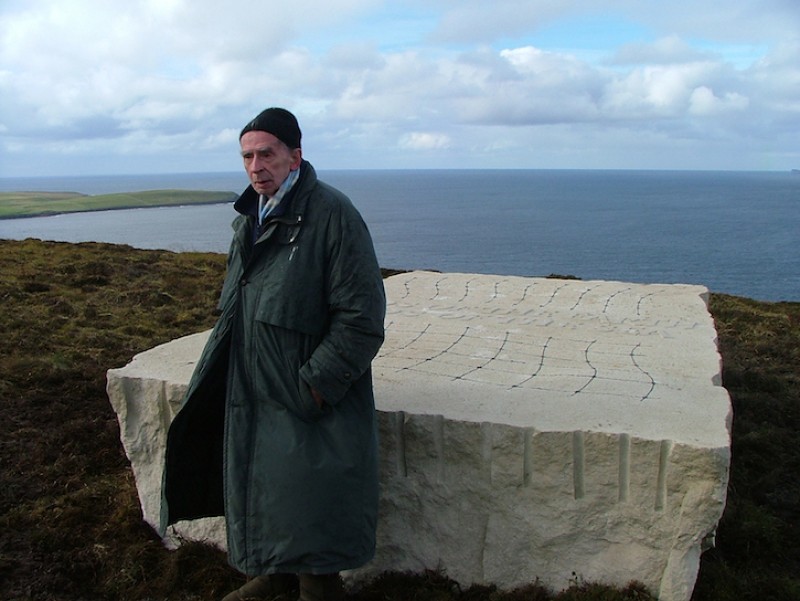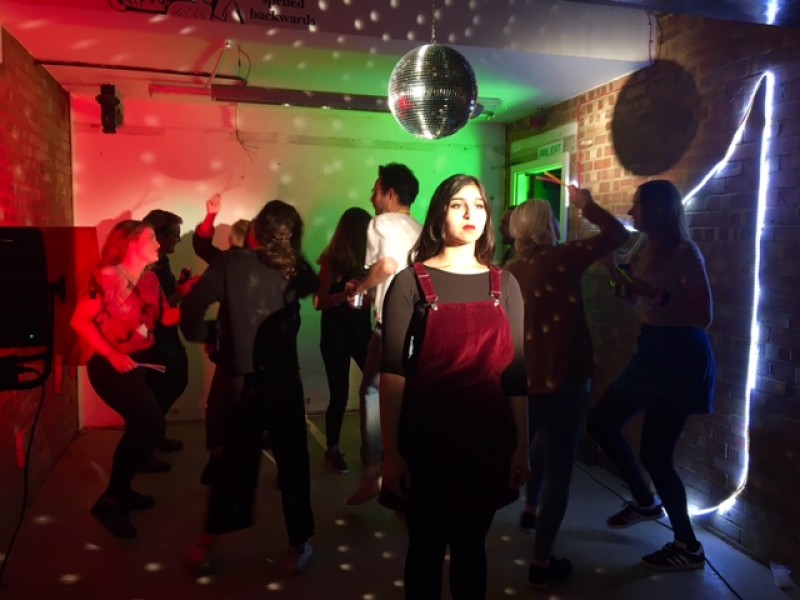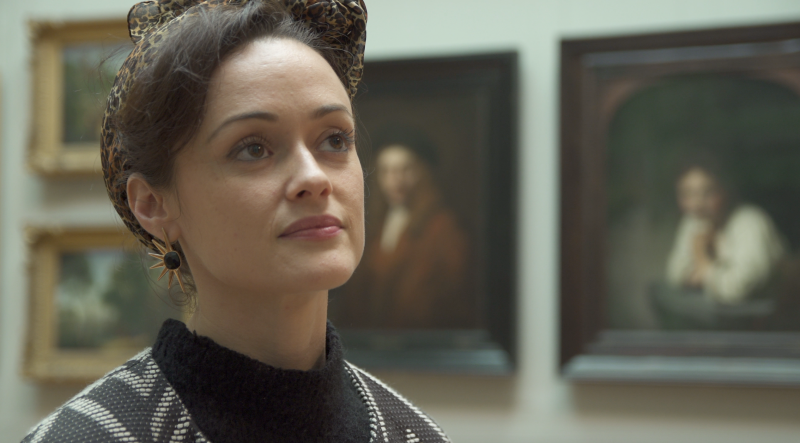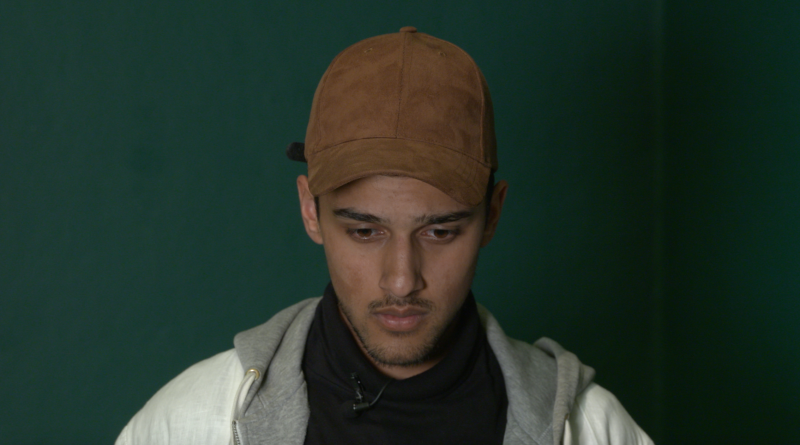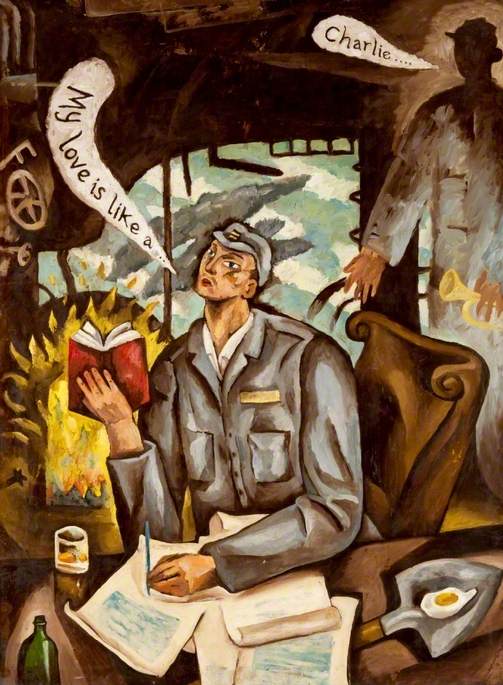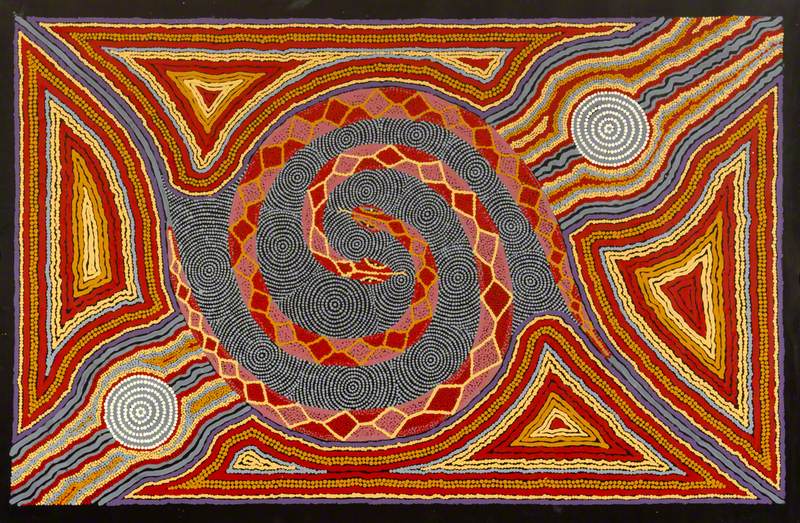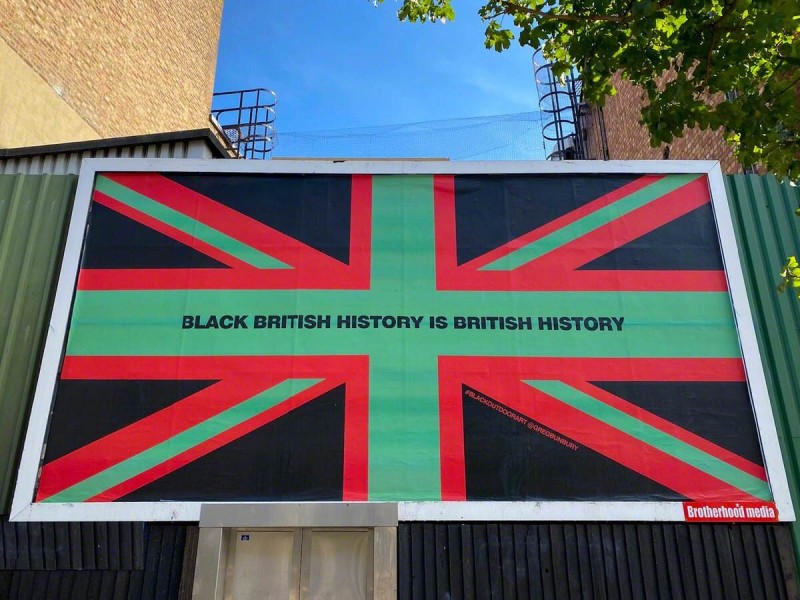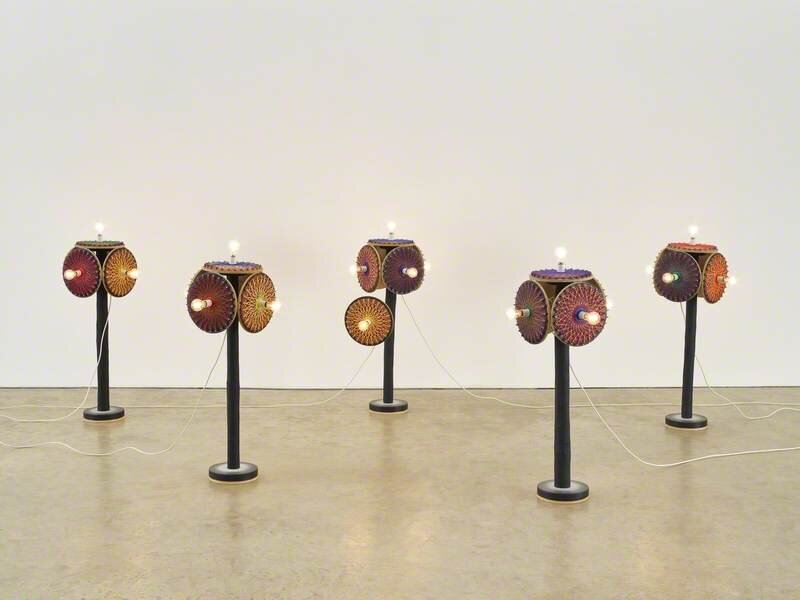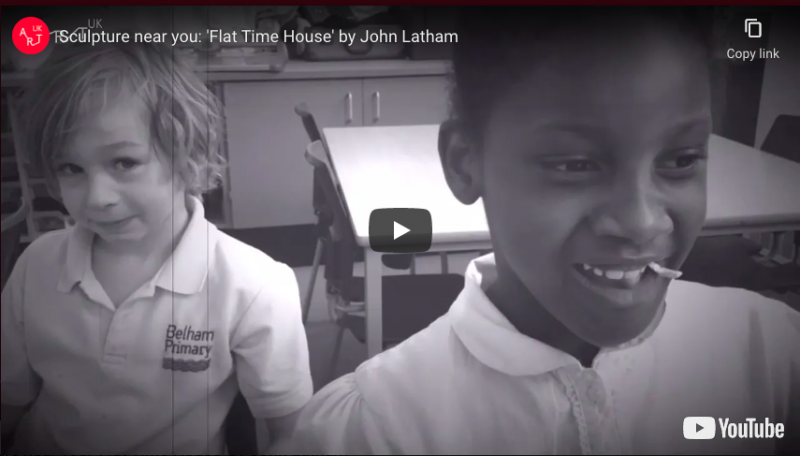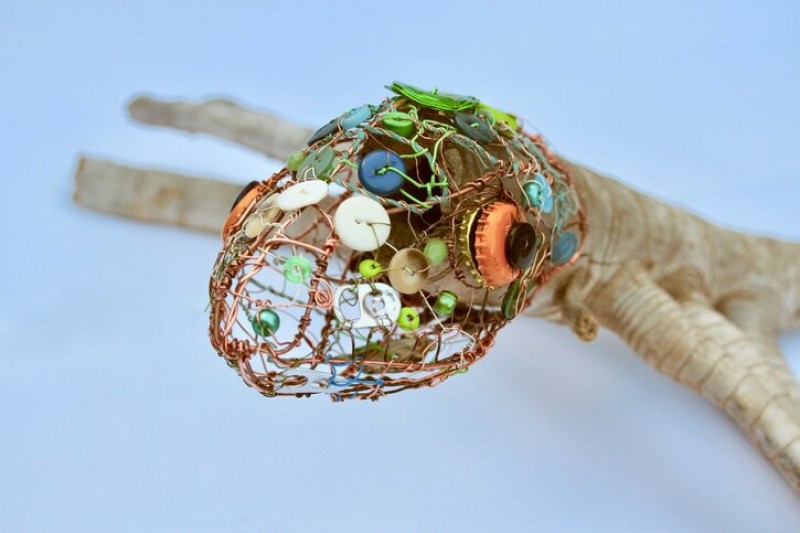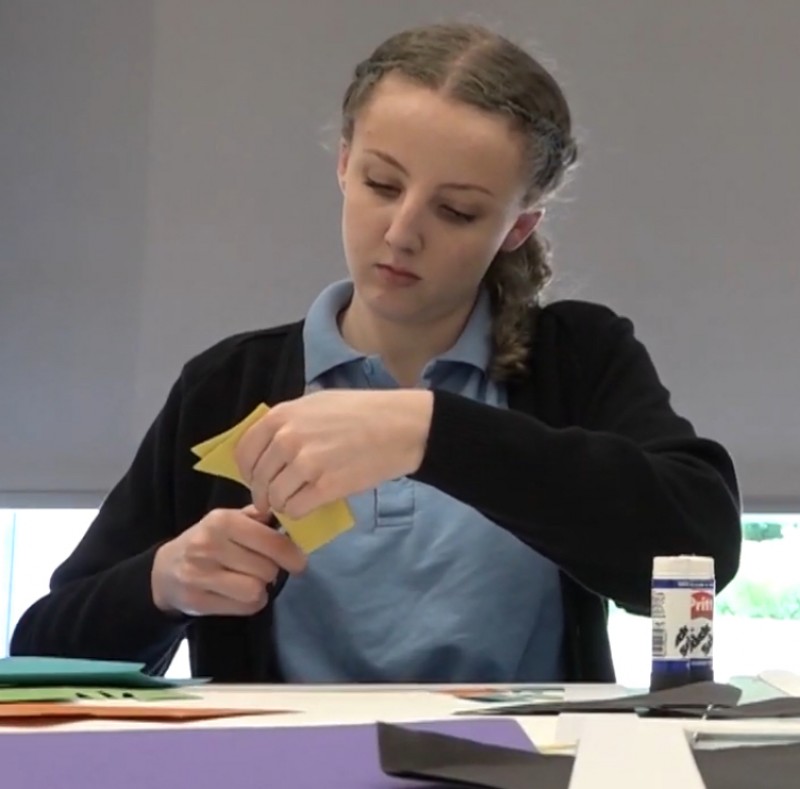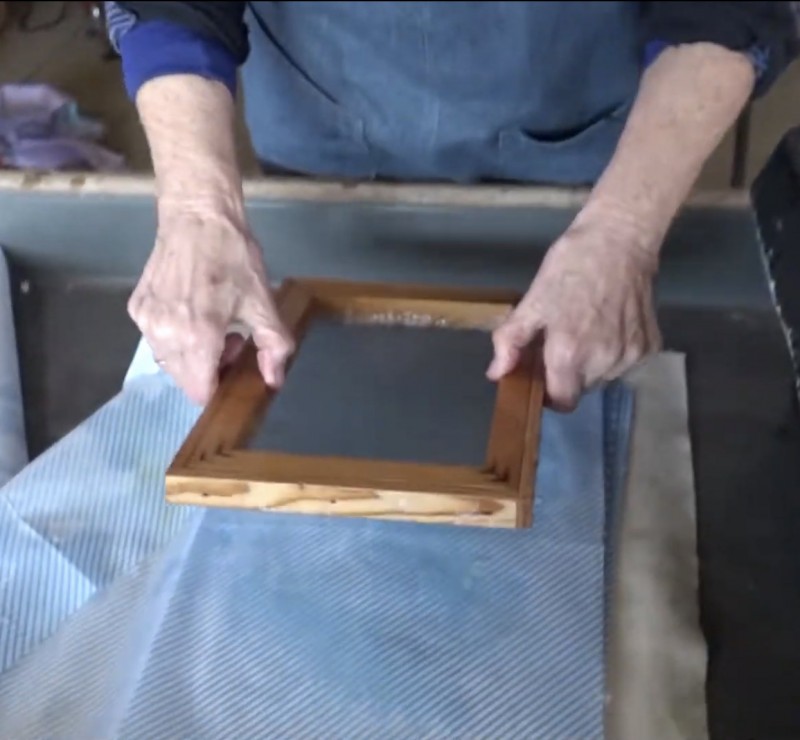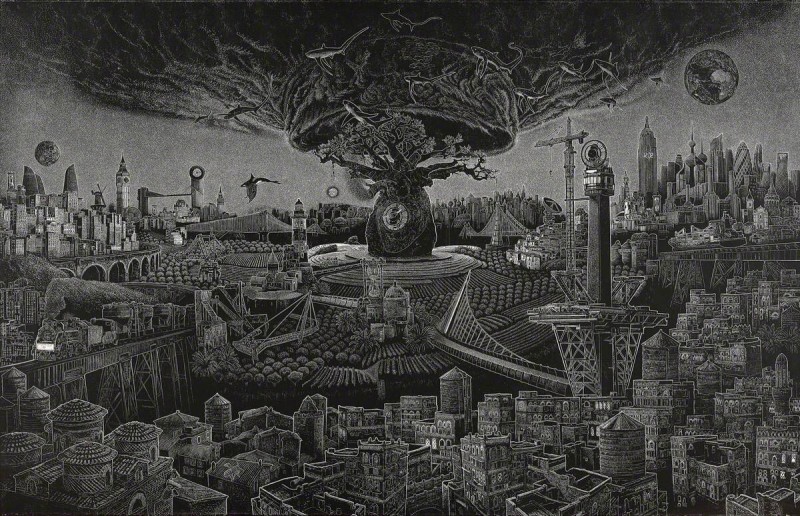Languages, literacy and communication
Understanding languages is key to understanding the world around us:
Progression step 3:
- I can listen to and understand information about a variety of topics, summarising the main points.
- I can listen to, identify and use cues to understand the general meaning and implied ideas.
- I can listen empathetically to different people’s viewpoints on various subjects.
- I can use inference and deduction to understand texts and can consider the reliability of what I read.
- I can listen and read to gain an understanding of how grammar and punctuation affect meaning.
- I can listen and read to build my vocabulary, develop my pronunciation and sentence structures and use these in my own communication.
Progression step 4:
I can read a range of texts, choosing strategies to understand them, and to improve my own expression and communication.
I can employ a range of strategies to summarise, synthesise and analyse information to gain in-depth understanding of texts.
I can listen and read to build on my understanding of how grammar and punctuation shape sentences and whole texts.
Expressing ourselves through languages is key to communication
Progression step 3:
- I can adapt and manipulate language and make appropriate choices about vocabulary, idiomatic language and syntax in order to express myself with fluency and clarity.
- I can reflect on the quality of my expression and use a range of strategies to ensure greater clarity in my spoken, written and visual communication.
I can respond to others’ points of view, seeking clarity, structuring arguments, summarising and explaining what I have heard, read or seen.
I can write legibly and fluently.
I can interact with others, talking and writing about my thoughts, feelings and opinions showing empathy and respect.
Progression step 4:
- I can make informed choices about vocabulary, idiomatic language and syntax in order to express myself with fluency, clarity and accuracy.
- I can reflect on my use of strategies to improve the quality, accuracy and effects of my spoken, written and visual communication.
- I can share my thoughts, feelings and opinions with others using a range of techniques for different effect and showing empathy and respect.
Literature fires imagination and inspires creativity
Progression step 3:
- I can comment on literature and make connections between what I hear, read and view.
- I can use my knowledge of writing styles and the features of different literary genres to create my own work.
- I can use my imagination and experiment with language to create my own literature.
Progression step 4:
- I can explore a wide range of genres, experimenting with language choices and techniques for my own creative purposes.
- I can use my imagination and experiment with different creative forms and techniques to create my own literature.
- I can explore, analyse and compare key ideas using relevant terminology, supporting my views with relevant textual detail.
- I can appreciate literature, showing empathy and understanding that literature can be interpreted differently.
Expessive Arts
Exploring the expressive arts is essential to developing artistic skills and knowledge and it enables learners to become curious and creative individuals.
Progression step 3:
- I can explore and experiment independently and demonstrate technical control with a range of creative materials, processes, resources, tools and technologies showing innovation and resilience.
- I can explore the effects that a range of creative techniques, materials, processes, resources, tools and technologies have on my own and others’ creative work.
- I can explore and describe how artists and creative work communicate mood, feelings and ideas and the impact they have on an audience.
Progression step 4:
- I can explore and experiment with my own and others’ creative ideas, demonstrating increasingly complex technical control, innovation, independent thinking and originality to develop my work with confidence, being able to explain my reasons behind choices made and evaluate their effectiveness on my creative work.
- I can investigate and understand how meaning is communicated through the ideas of other artists and performers.
Responding and reflecting, both as artist and audience, is a fundamental part of learning in the expressive arts.
Progression step 3:
- I can reflect upon how artists have achieved effects or communicated moods, emotions and ideas in their work.
Progression step 4:
- I can evaluate the effectiveness of a wide range of artistic techniques in producing meaning.
Creating combines skills and knowledge, drawing on the senses, inspiration and imagination
Progression step 3:
- I can combine my knowledge, experience and understanding to plan and communicate my creative work for a range of different audiences, purposes and outcomes.
- I can draw upon my design knowledge and make connections with greater independence to modify and develop my creative designs.
- I can identify and respond creatively to challenges with resilience and flexibility.
Progression step 4:
- I can use my experimentation and investigation to manipulate creative work with purpose and intent when communicating my ideas.
- I can purposefully use my design skills and apply a range of solutions to clarify and refine final creative ideas.
- I can draw upon my experiences and knowledge to inform and develop strategies to overcome creative challenges with imagination and resilience.


